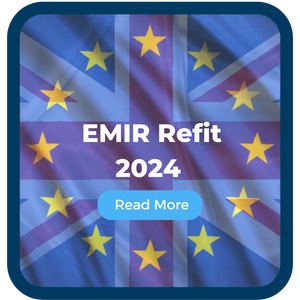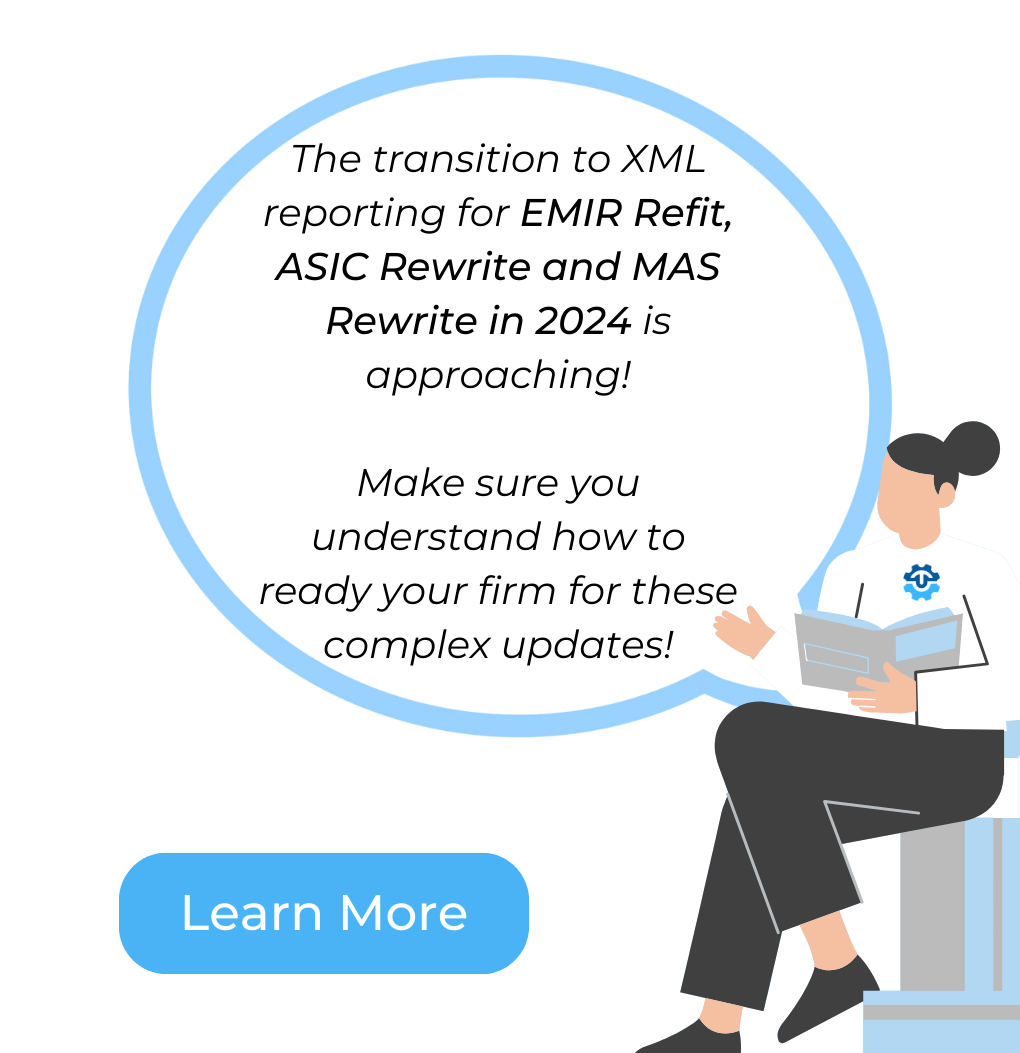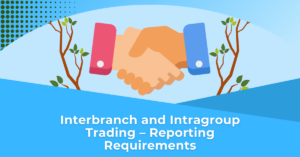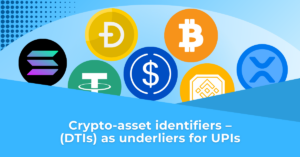European Securities and Markets Authority (ESMA) released updates to the Securities Financing Transactions Regulation (SFTR) validation rules and ISO 20022 XML schema on 29 July 2021. The updated validation rules will take effect from 31 January 2022 for European-based firms and 14 April 2022 for UK-based firms. Now is the time to get ready for the changes.
What are some of the validation rule updates?
The updates to the validation rules aim to provide further clarification surrounding the loan and collateral fields and also add/remove certain requirements. For example:
| Field Number | Field Name | What's the update? |
|---|---|---|
| 1.10 | Entity responsible for the report | Now mandatory for all action types for all SFTs. |
| 2.1 | UTI | Now mandatory for margin lending if the action type is collateral update (COLU). |
| 2.54 | LEI of the issuer | LEI of the issuer of the security for security lending pertains to a legal entity and not a branch. |
| 2.74 | Value date of collateral | Now optional for collateral updates and corrections. |
| 2.88 | Collateral market value | Now allows negative value. |
| 2.98 | Action type | ETRM and POSC can only be reported once for a given UTI and pair of counterparties. |
What do you need to do?
If you have already been self-reporting to a trade repository (TR) under the SFTR regime, you will need to implement the updated validation rules and carefully read through the XML schema from your TR. Then make any necessary changes to your existing reporting logic and code. When your TR’s User Acceptance Testing (UAT) is available (December 2021 for DTCC), we recommend you undertake testing to ensure a hassle-free go live on 31 January 2022 (Europe) or 14 April 2022 (UK).
If you are using a reporting delegate like TRAction, you are in an advantageous position as you won’t need to go through all the hard manual work that your counterparts who are self-reporting will have to. We recommend you get in touch with your reporting delegate as early as possible to find out if you will be required to provide any additional data or make any changes on your end.
TRAction upholds its promise to clients ‘Trade Reporting Simplified’ and takes care of all the changes to the validation rules and XML schema. Except certain additional data that we might require from our clients, they can still submit the files as it is.
SFTR Data Quality Issues
SFTR regime is relatively new as compared to EMIR and MiFIR regimes. Upon the first anniversary of the regime’s go-live on 13 July 2020, ESMA and various industry bodies conducted analysis on the SFTR public data in terms of its value and usability.
ESMA’s report released earlier this year shows more effort is required from the industry to improve SFTR trade data quality and also sheds light on why firms are failing to produce high quality trade data.
In September 2021, International Capital Market Association (ICMA) also published an analysis report on SFTR data on repo which identifies a list of issues including but not limited to:
- repo collateral data shows massive fluctuation between gross under- and over-collateralisation; and
- the aggregated public data appears to double-count loans where both counterparties have reported under the same regime.[1]
Hence, the updated validation rules and XML schema aim to enhance data harmonisation and achieve greater consistency with the SFTR guidelines.
If you have any questions or concerns, please feel free to get in touch with our team.
[1] Page 13 of ‘The first year of SFTR public data on repo’ report published by ICMA.









